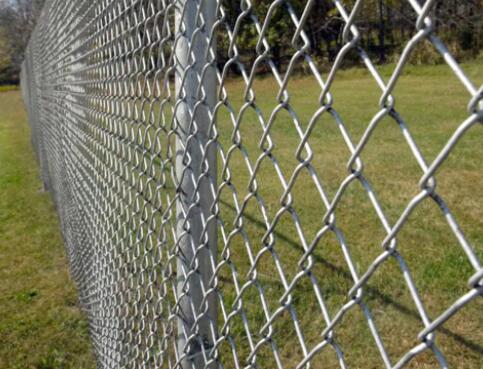Exploring the Potential of Powder Coated Perforated Metal Sheets
In the world of architectural design and industrial applications, powder coated perforated metal sheets have emerged as a prominent choice due to their unique combination of aesthetic appeal, functionality, and durability. These sheets, made from various metals, are enhanced through a specialized powder coating process that not only provides a protective layer but also allows for a range of colors and finishes. This article delves into the benefits, applications, and design possibilities offered by powder coated perforated metal sheets.
What are Powder Coated Perforated Metal Sheets?
Powder coated perforated metal sheets are sheets of metal that have been punctured with holes or patterns and then coated with a dry powder material that is cured under heat to form a hard finish. The perforations can come in various shapes and sizes, creating a lattice of holes that not only serves functional purposes but also contributes to the visual appeal of the material. This coating process is environmentally friendly as it reduces the emission of volatile organic compounds (VOCs) compared to traditional liquid coatings.
Advantages
One of the key advantages of powder coated perforated metal sheets is their enhanced durability. The powder coating provides a robust finish that resists scratches, chipping, fading, and corrosion. This quality makes them particularly suitable for both indoor and outdoor applications, as they can withstand harsh environmental conditions without deteriorating.
In addition to their durability, these sheets offer excellent versatility. The perforations can be tailored to meet specific design needs, making them suitable for a wide array of functions such as decorative screens, fencing, ceiling panels, and wall cladding. The variety of finishes available, including matte, glossy, textured, and metallic, allows architects and designers to experiment with colors and textures, ensuring that the final product harmonizes with the overall design theme.
Applications
powder coated perforated metal sheet

Powder coated perforated metal sheets are used in a variety of sectors, including construction, automotive, and furniture design. In architecture, they are commonly found in facades, sun shades, and partitions. Their ability to provide privacy while allowing light and air to permeate makes them ideal for creating visually striking yet functional spaces indoors and outdoors.
In the automotive industry, these metal sheets are often used for grilles and decorative panels, enhancing a vehicle's aesthetic while contributing to its performance. Similarly, in furniture design, they offer a modern look to pieces like room dividers, tables, and chairs, providing functionality without compromising on style.
Design Considerations
When incorporating powder coated perforated metal sheets into a design, several factors need to be considered. Firstly, the size and shape of the perforations can significantly impact the aesthetic and functionality of the final product. Larger holes may provide better airflow, while intricate patterns can create visual interest.
Secondly, color selection is crucial; the right hue can tie together various elements of a space, creating cohesion and enhancing the overall ambiance. Lastly, maintenance should also be considered, as the powder coating will require periodic cleaning to maintain its appearance, although it is typically easier to care for compared to other finishes.
Conclusion
Powder coated perforated metal sheets represent a fusion of form and function, offering architects, designers, and manufacturers a versatile material that can meet a diverse range of needs. With their durability, aesthetic appeal, and broad application potential, it’s no wonder that these sheets are increasingly becoming a favored choice in modern design. Whether utilized for a striking architectural feature or practical industrial component, the advantages of powder coated perforated metal sheets are undeniable, making them a valuable resource in contemporary material usage.

















